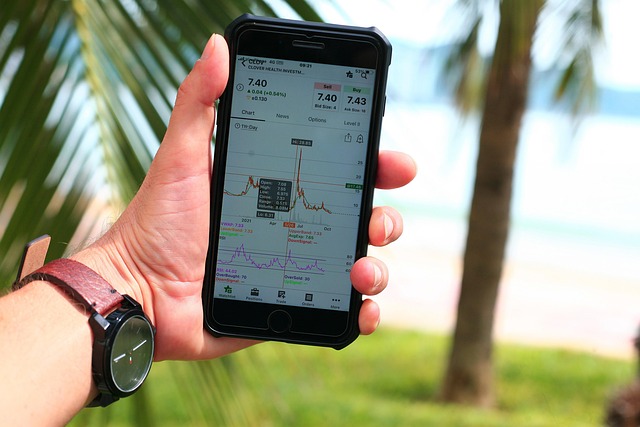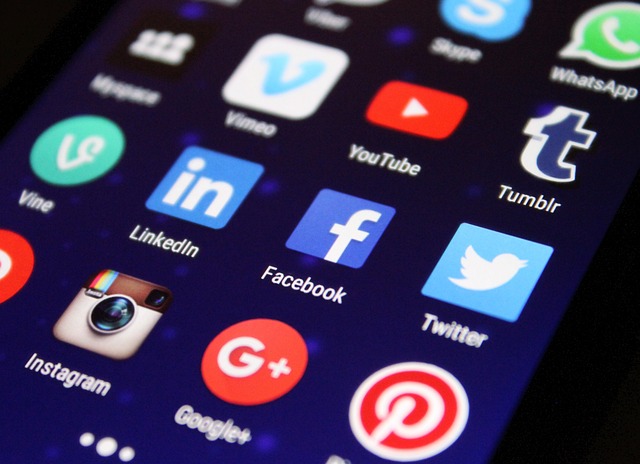Navigating the Storm: Understanding Network Volatility in Social Media’s Addiction Ecosystem
In the digital age, where our devices are constantly buzzing and lighting up with notifications, it’s nearly impossible to ignore the impact of social media on our daily lives. One term that has gained traction in this context—and one that resonates deeply with many—is network volatility. This concept encapsulates the unpredictable and often chaotic nature of social interactions online, which can have profound effects on our mental health and well-being.
Social media platforms have become not just a means of communication, but also an addictive ecosystem where users frequently find themselves caught in a cycle of constant engagement. The network volatility of these platforms plays a significant role in shaping our experiences. One moment, a post might receive an outpouring of likes and shares, while the next, it can be met with complete silence. This unpredictability can trigger a whirlwind of emotions, leading to anxiety, frustration, or even euphoria, depending on the feedback received.
As we scroll through our feeds, we become entangled in a web of connections that can shift rapidly. Friendships can form and dissolve in a heartbeat; opinions can change, and trends can go viral overnight. This flux can be exhilarating but also disorienting. Every tap of a finger sends ripples through the online community, where the spotlight can fade as quickly as it shines. The fear of missing out (FOMO) intensifies as we watch others connect, share, and thrive, prompting us to engage more desperately than before.
The impact of this network volatility isn’t merely superficial. Research has shown a strong correlation between heavy social media use and mental health issues such as depression and anxiety. The relentless pursuit of validation through likes and comments can lead to a damaging cycle, where self-worth is tied to online approval. As users, we must navigate this treacherous terrain with care, recognizing how network volatility influences our thoughts, feelings, and behaviors.
Moreover, the algorithms governing social media platforms often exacerbate these feelings of instability. By curating our feeds based on our past interactions, they create an illusion of connectedness while simultaneously filtering out diverse opinions and experiences. This echo chamber effect can amplify emotional volatility, as we become entrenched in a cycle of affirmation that may not reflect the broader world around us.
In acknowledging the network volatility inherent in social media, we must also strive to cultivate healthier online habits. This could mean taking intentional breaks from our screens, setting boundaries on our time spent engaging with platforms, or simply being more mindful about the content we consume. Recognizing that our emotional responses are often magnified by this volatility can empower us to step back and reevaluate our relationship with social media.
Ultimately, as we traverse this digital landscape, it’s crucial to stay grounded and seek connections that are meaningful and supportive, rather than fleeting and superficial. By understanding the nuances of network volatility, we can navigate the storms of social media’s addiction ecosystem with greater clarity and resilience.




